Indian Army Since Independence
The Independence of Indian brought about a huge change in the formation, structure and size of the Indian Army after Independence. The Indian Army, after Independence, represented the Indian society as a whole, unlike most of the imperial armies. The current combat doctrine of the Indian Army is based on effectively utilising holding formations and strike formations. In the case of an attack, the holding formations would contain the enemy and strike formations would counter-attack to neutralise enemy forces. In the case of an attack, the holding formations would contain the enemy forces. In the case of an Indian attack, the holding formations would pin enemy forces down whilst the strike formations attack at a point of Indian choosing. The Indian Army is large enough to devote several corps to the strike role. Currently, the army is also looking at enhancing its special forces capabilities. With the role of India increasing and the requirement for protection of India’s interest in far off shores become important, the Indian Army and Indian Navy are jointly planning to set up a marine brigade. This book is aimed at generating debate and discussion on various aspects of Indian Army so that this important component of the army becomes a force multiplier par excellence and be an important battle winning factor in future wars and conflicts.
Contents: Preface. 1. Introduction to Indian Army. 2. Modernization of Indian Army. 3. Operational perspectives of Indian Army. 4. Indian Army and Wars. 5. Indian Army aviation. 6. India—nuclear neighbourhood: challenges for Indian Army. 7. Arming the Indian Defence Forces. 8. Development of Indian special forces. Bibliography. Index.
Get it now and save 10%
BECOME A MEMBER

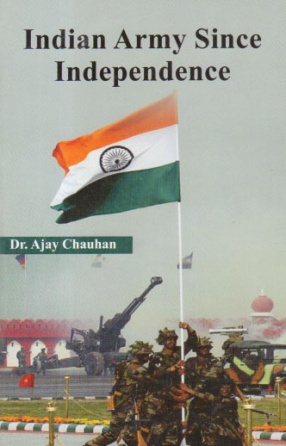
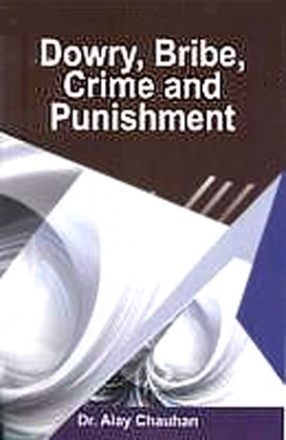


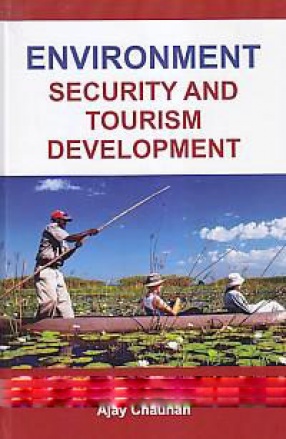
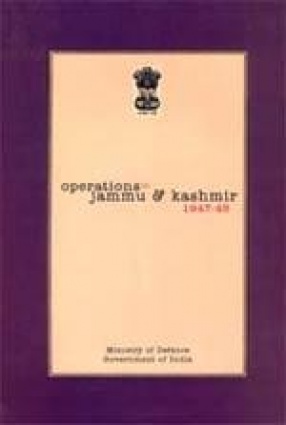
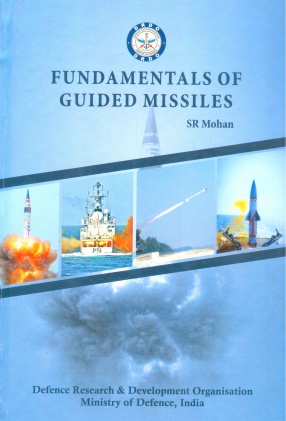
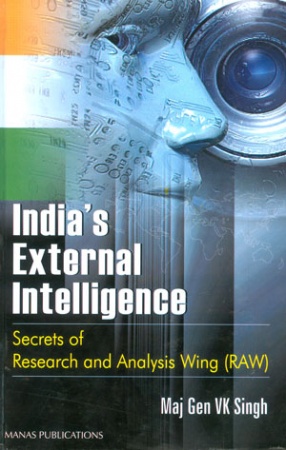
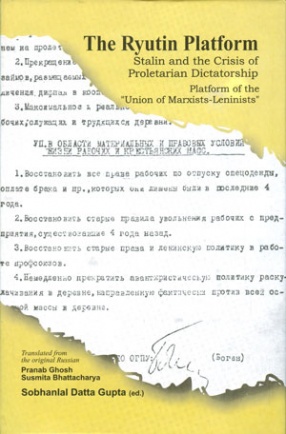

Bibliographic information